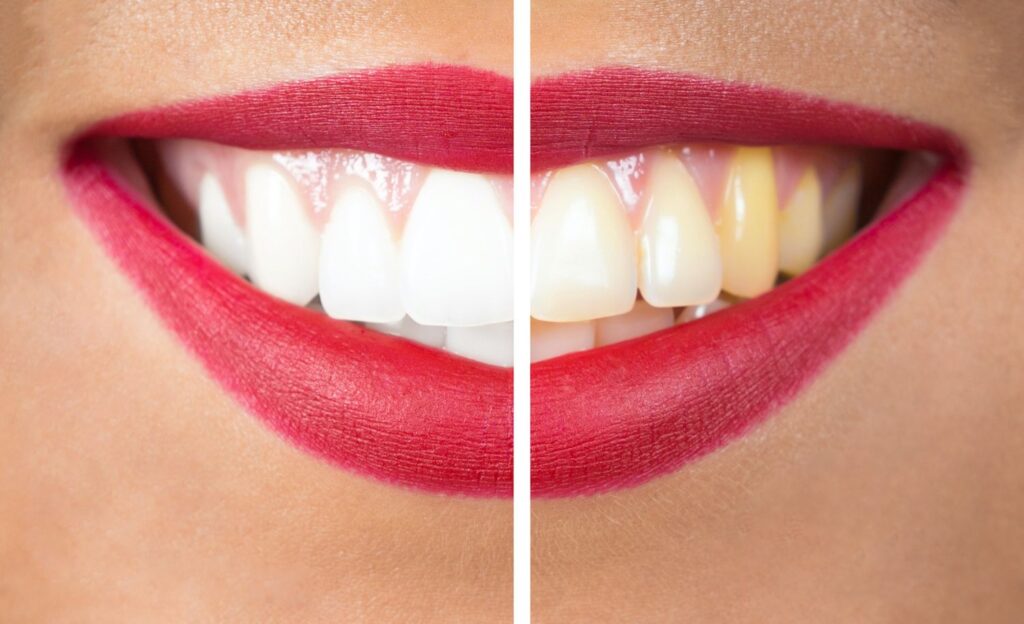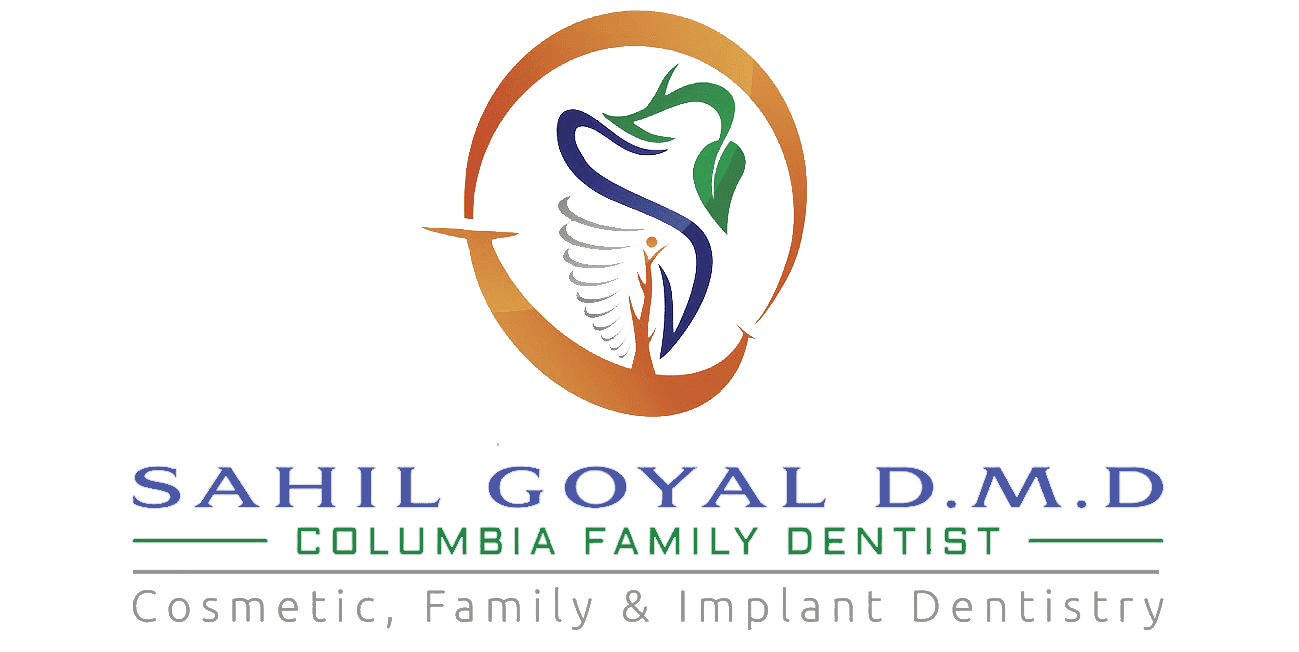Have you noticed your teeth looking a little yellow or darker than they used to? It can be frustrating when your smile doesn’t look as bright as you’d like, and make you feel self-conscious. You might even find yourself hiding your teeth in photos or holding back from smiling as much as you normally would.
The good news is that your dentist can help. Professional teeth whitening and other cosmetic treatments can bring back that bright white look. It also helps understand what’s causing those stains in the first place. Here are three of the most common reasons teeth become discolored and what you can do about it.

1. Foods and Drinks That Stain
One of the biggest culprits behind stained teeth is the food and drinks you consume. Certain items, especially dark-colored ones, contain natural staining agents that can dull your smile.
Drinks like coffee, tea, and red wine are loaded with tannins. Those tannins cling to your enamel and cause discoloration. The more you drink them, the deeper those stains can set in.
Unfortunately, brushing alone won’t always get rid of these stains. Over time, they can become more noticeable. You might need professional whitening to lift them away.
If you’re not ready to give up your morning coffee or favorite glass of red wine, you can do a few things to reduce staining. Adding milk to coffee can help lower the tannin content. Drinking through a straw can also prevent these drinks from coming into too much contact with your teeth. But it might be worth cutting back on these beverages to keep your smile bright.
Tobacco products are another major cause of tooth stains. Whether you smoke cigarettes or use chewing tobacco, the nicotine and tar in these products can leave deep stains on your teeth. The best way to prevent these types of teeth stains is to avoid tobacco altogether. Not only for your smile but for your overall health.
2. Dental Problems That Cause Discoloration
Sometimes, stains on your teeth aren’t just from what you eat and drink. Certain dental problems can also cause discoloration. Cavities, for example, can create dark or white spots where bacteria have worn away your enamel. If left untreated, this type of decay can lead to more serious dental problems.
Even after a dentist treats a cavity with a filling, some discoloration might remain. If you’ve had dental work done and notice your tooth doesn’t match the rest of your smile, your dentist can help. They might recommend bonding, veneers, or whitening treatments to even out the color and restore your confidence.
Gum disease can also contribute to staining. Your teeth can take on a yellowish or brownish tint when plaque and tartar build up along the gumline. Regular brushing, flossing, and professional cleanings can keep your gums healthy and your smile looking great.
3. Natural Changes in Your Teeth
Sometimes, tooth discoloration happens for reasons you can’t control. For example, your enamel naturally wears down as you age. This makes the yellowish layer beneath it (dentin) more visible. This is why many patients notice their teeth looking duller as they get older.
Certain medications can also cause staining. Some antibiotics, antihistamines, and even high blood pressure medications have been linked to discoloration. If you’re noticing changes in your tooth color because of medication, talk to your dentist about your options. They can recommend treatments to help restore your tooth enamel.
Keeping Your Smile Bright
No matter what’s causing the stains on your teeth, you have plenty of options to get your smile back to looking its best. Routine dental cleanings help remove surface stains and prevent plaque buildup. And if deeper discoloration is a concern, professional whitening or other cosmetic treatments can make a big difference.
Schedule a visit with your dentist if you’re unhappy with the color of your teeth. They’ll help you find the best way to brighten your smile and keep it looking great for years to come!
